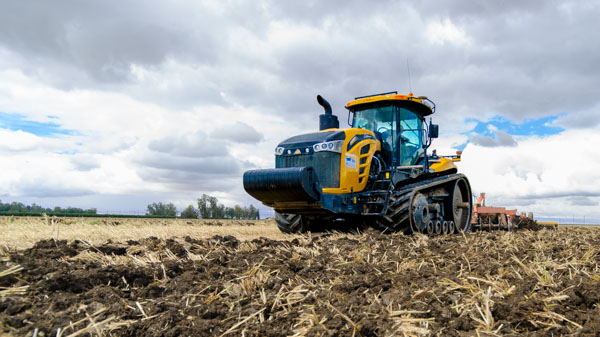
In the involving world of agriculture, precision and farming insights are essential for success. Mastering row crop management is crucial for sustaining your dairy farm operations and maximizing both efficiency and sustainability. In this blog post, we’ll delve into the importance of row crop data tracking for dairy farmers. Here we will discuss the significance of knowing actual crop growing costs, wastewater, and nitrogen management. Additionally, we’ll explore the challenges faced by row crop farmers, especially those who double or triple farm their ground, and how AgNote, an innovative farm management software, can alleviate these challenges.
Why Row Crop Data Tracking Matters for Dairy Farmers
- Optimized Feed Quality: The quality of feed directly impacts the health and productivity of dairy livestock. Crop data tracking enables dairy farmers to monitor factors such as soil health, nutrient levels, and pest management, ensuring optimal yield and quality of feed crops.
- Understanding Crop Growing Costs: Knowing the actual costs associated with crop production is crucial for dairy farmers to make informed financial decisions. Crop data tracking provides insights into input costs, labor expenses, and equipment usage, allowing farmers to accurately calculate crop growing costs and optimize profitability.
- Wastewater Management: Effective management of wastewater use is essential for both environmental sustainability and regulatory compliance. Dairy crop farmers need to keep detailed irrigation records including records about when and where dairy’s wastewater was applied. Crop data tracking enables dairy farmers to monitor and optimize wastewater use and nitrogen management, reducing environmental impact and ensuring compliance with regulations.
Row Crop Management Challanges
- Complexity of Operations: Coordinating planting, harvesting, and maintenance activities for multiple crops requires meticulous planning and organization.
- Farm Activity Density: When double cropping or triple cropping, farm activity density intensifies.
- Labor and Time Constraints: With increased farm activity density comes greater labor and time requirements. Manual data tracking methods are labor-intensive and prone to errors, diverting valuable resources away from actual farm task management.
How AgNote Can Help Dairy Farmers Manage Crop Data
AgNote offers a comprehensive solution to streamline crop data management and overcome the challenges of row crop farming:
- Centralized Data Management: AgNote provides a centralized platform to store and manage all crop data securely, making it easily accessible for analysis and decision-making.
- Farm Activity Monitoring: Keep track of crops growth, soil health, and weather conditions. AgNote’s intuitive dashboard provides actionable insights to optimize farming practices and maximize yield.
- Cost Tracking and Analysis: AgNote enables dairy farmers to track all crop farming related tasks along with cost information. AgNote includes Completed Task management area where farmers can quicly lookup what, when and where was completed on each field. In this view you will find detailed cost breakdown for each completed task.
Here is a short video demonstrating how AgNote can simplify your row crop management.
Take Control of Your Crop Data with AgNote
Ready to revolutionize your row crop management and enhance dairy feed production? Sign up for a seven-day free trial of AgNote and experience the power of data-driven farming firsthand. With AgNote by your side, you’ll gain the insights and tools you need to optimize yield, maximize profitability, and ensure sustainability.
